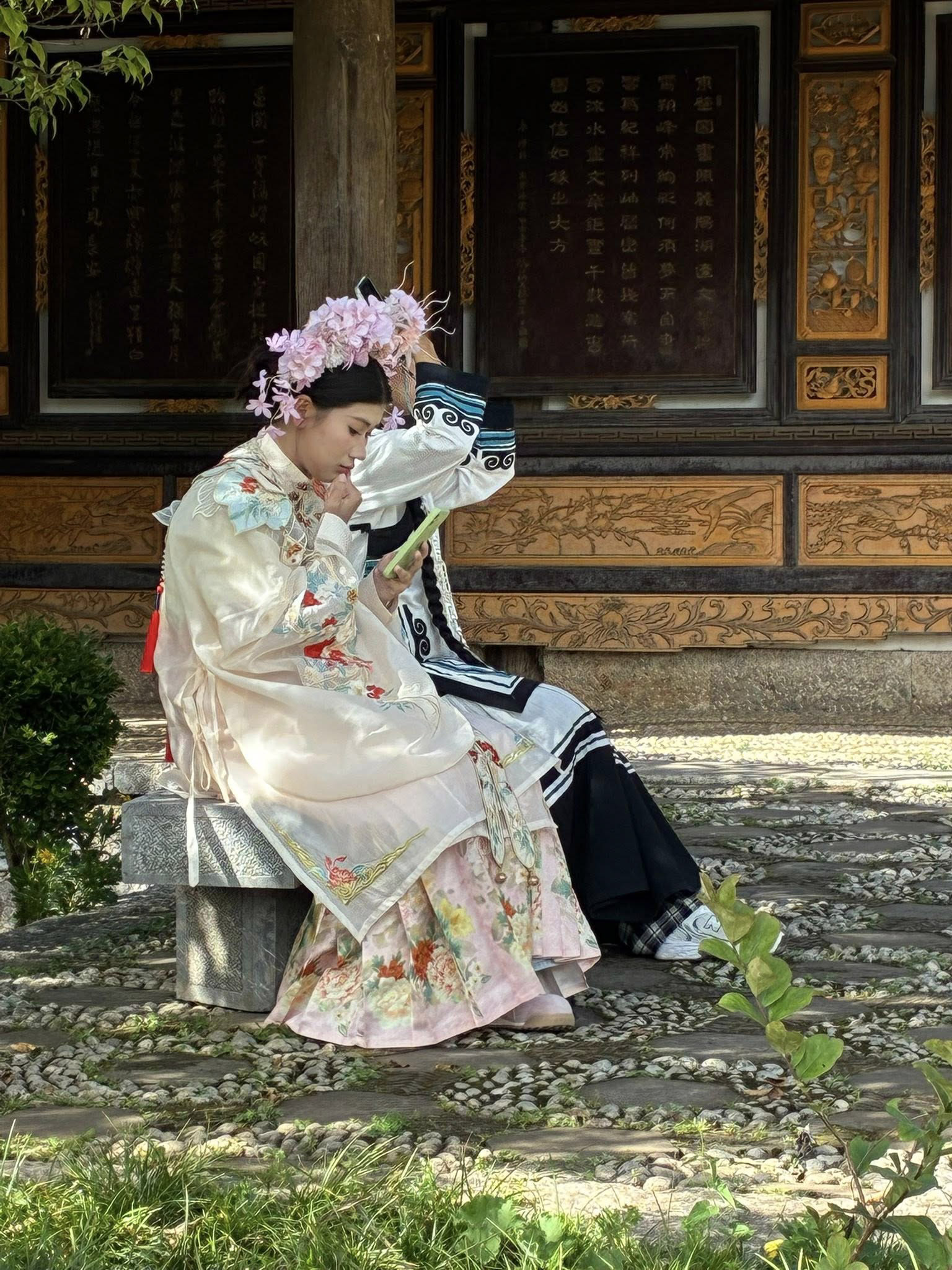Baisha Village: A Tranquil Naxi Haven Beneath Jade Dragon Snow Mountain
Nestled at the foot of Jade Dragon Snow Mountain, Baisha Village (白沙古镇) is one of Yunnan’s most authentic treasures. Once the capital of the Naxi Kingdom, Baisha thrived as a vital stop on the Tea Horse Road, linking Yunnan’s tea-producing valleys with the Tibetan Plateau.
Today, this quiet settlement offers a glimpse into a world where the past still breathes: Naxi women embroider outside wooden homes, the scent of apple and peach orchards floats on the wind, and Buddhist chants from Zhiyun Temple echo across the wetlands.
If you seek authenticity beyond the crowded lanes of Lijiang, Baisha is the mountain village that invites you to slow down — and listen.
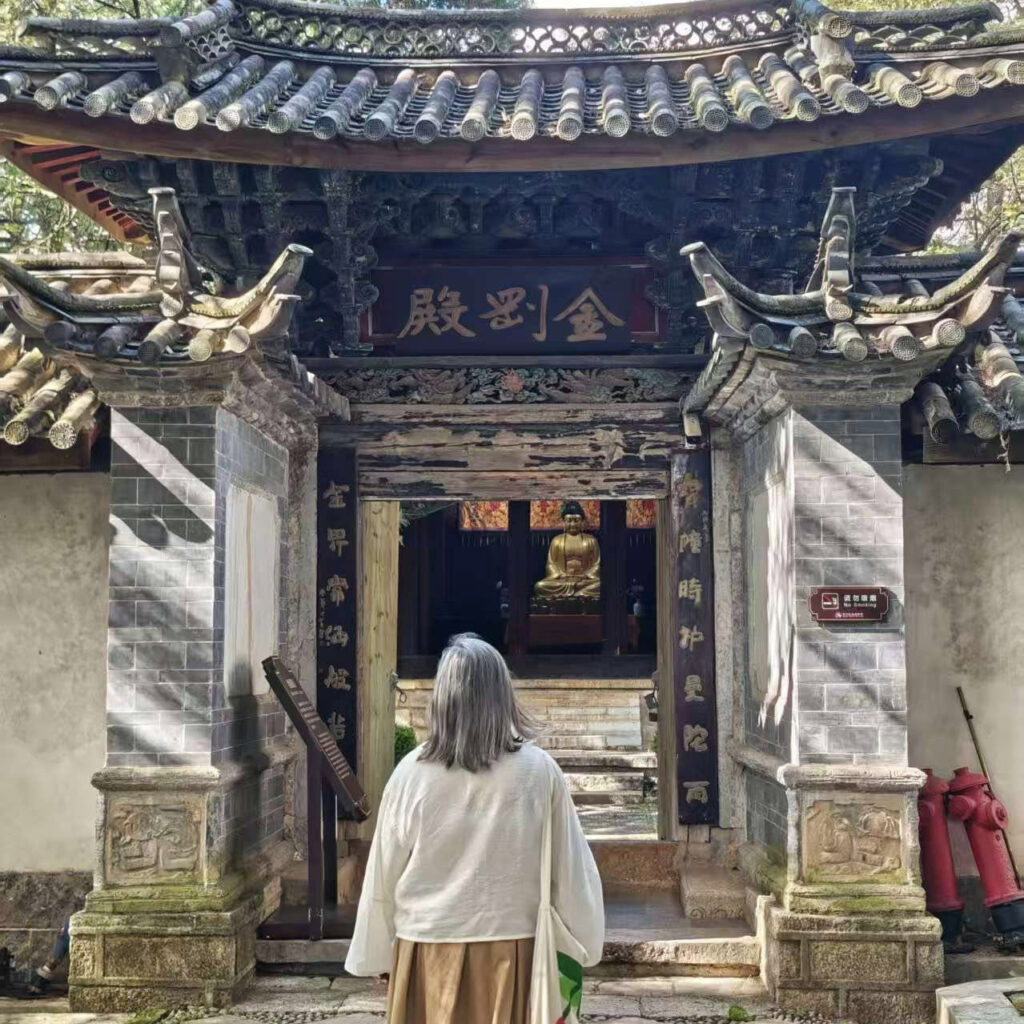
Who Are the Naxi People?
The Naxi (纳西族) are an ethnic minority native to northwestern Yunnan, primarily around Lijiang and the surrounding valleys. They are descendants of ancient Tibetan tribes who migrated south centuries ago, blending Tibetan, Han Chinese, and local cultural influences.
Their society is famous for its matrilineal roots, meaning family heritage traditionally passes through women. Naxi culture values balance between people, nature, and spirituality.
What makes Naxi culture unique:
- Dongba religion: An ancient shamanistic belief system centered on nature spirits, ancestors, and cosmic harmony.
- Dongba script: The world’s only surviving pictographic writing system still in use, seen on manuscripts and temple murals.
- Music: Naxi classical music, with instruments and melodies dating back 700 years, is considered a living museum of Chinese musical history.
- Architecture: Whitewashed walls, carved wooden beams, and courtyards blending Tibetan, Bai, and Han influences.
Baisha remains one of the best places in Yunnan to see authentic Naxi culture in daily life — not as a performance, but as a living rhythm.
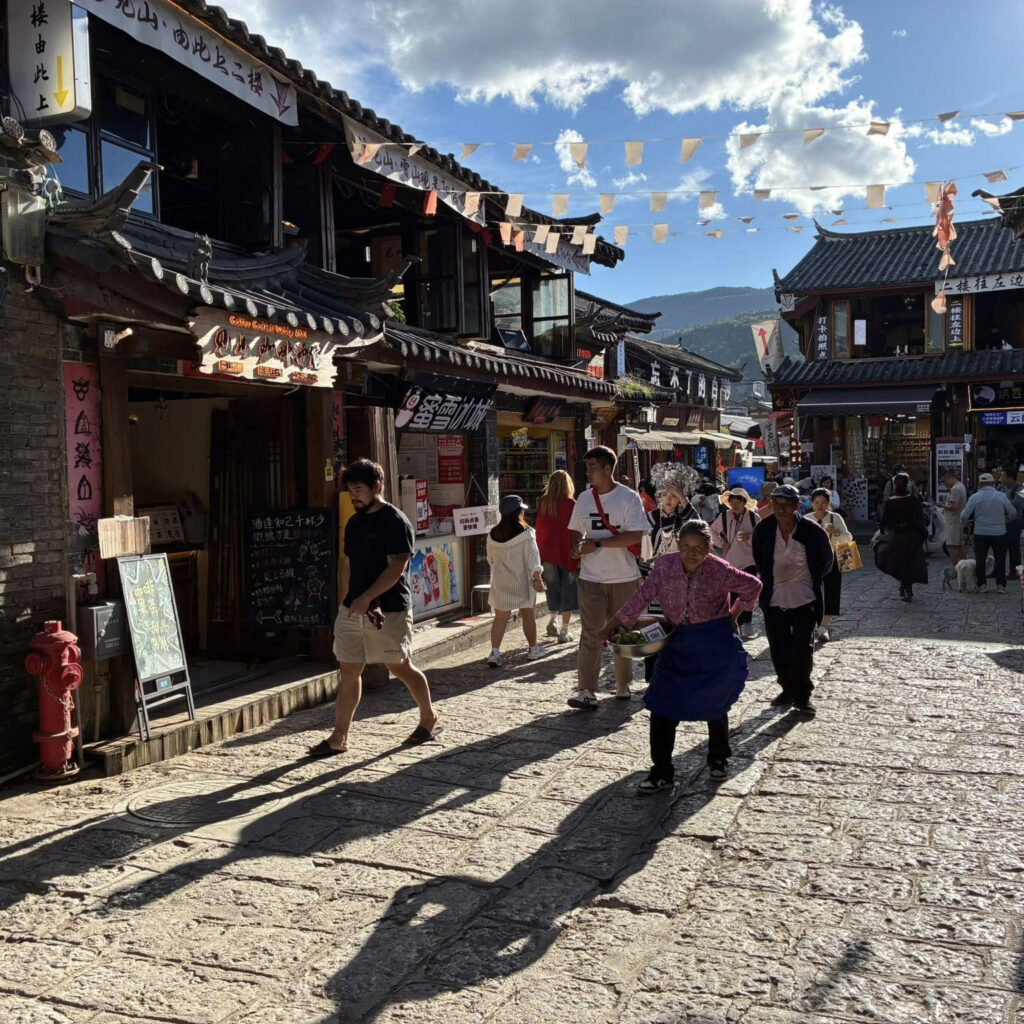
A Living Chronicle of the Tea Horse Road
Before Lijiang rose to fame, Baisha was the Naxi kingdom’s capital and a vital Tea Horse Road trading stop. Merchants from Tibet, India, and Myanmar passed through here, exchanging tea, horses, silk, and salt.
Must-see heritage sites:
- Baisha Murals (白沙壁画): Ming-era frescoes combining Buddhist, Taoist, and Tibetan imagery — an extraordinary reflection of cross-cultural harmony.
- Dabaoji Palace: The main temple housing the most famous mural panels.
- Dr. Ho’s Clinic: The late Dr. Ho Shixiu, Baisha’s legendary herbal doctor, shared traditional Naxi medicine with visitors from around the world.
Walking Baisha’s cobbled streets, you can almost hear the caravan bells of the Tea Horse Road echoing through time.
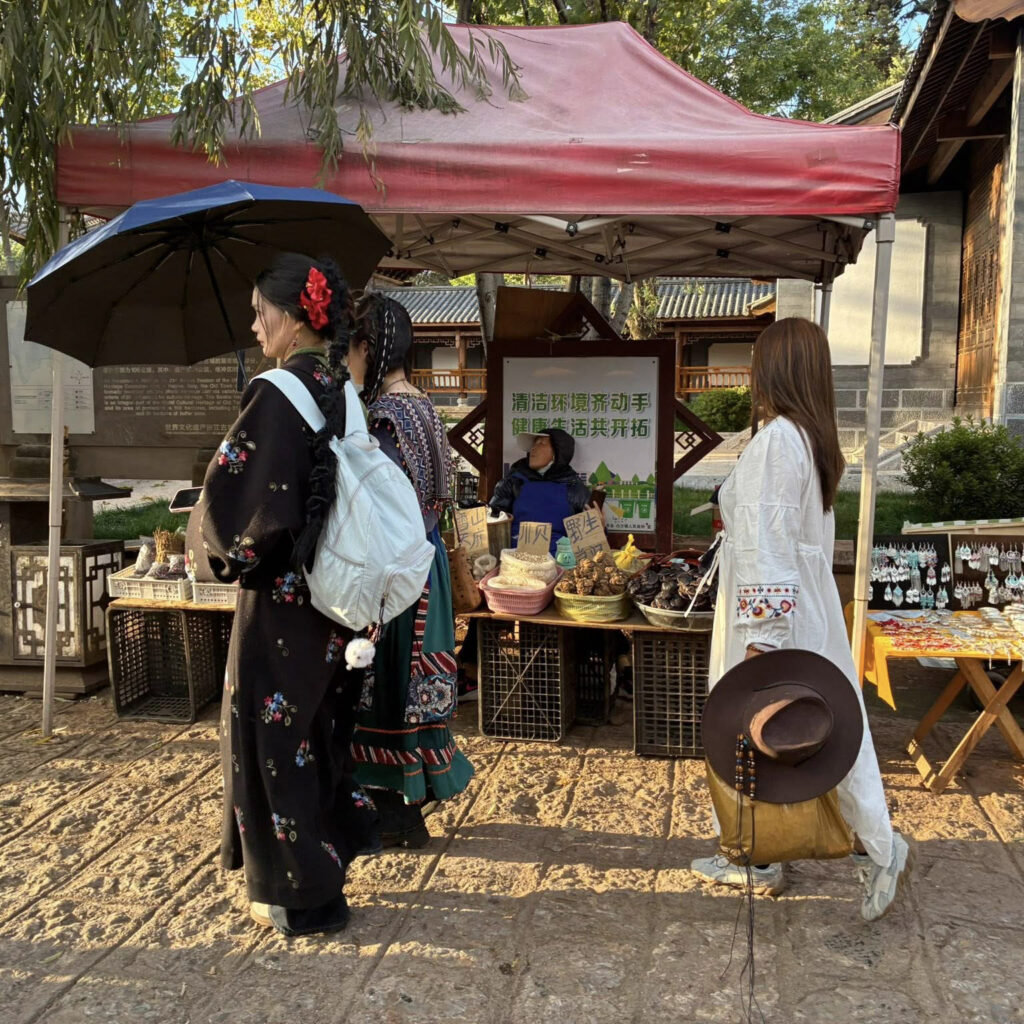
Nature’s Harmony: Orchards, Wetlands, and Mountain Air
Baisha’s beauty lies as much in its surroundings as in its history. Framed by Jade Dragon Snow Mountain (玉龙雪山), the village is surrounded by fields, apple and peach orchards, and tranquil wetlands that mirror the snowcapped peaks above.
- Spring: Blossoming peach and apple trees turn Baisha pink and white.
- Autumn: Harvest season paints the fields gold, and the air smells of ripened fruit.
- Wetlands: A haven for migratory birds, photographers, and quiet reflection.
For a gentle adventure, rent a bicycle and ride through the fields connecting Baisha, Zhiyun Temple, and Shuhe — stopping for tea with locals along the way.
Naxi Artistry and Embroidery Traditions
Naxi women have practiced embroidery and weaving for centuries, turning silk threads into stories of mountains, dragons, and stars. The craft is both practical and symbolic — each pattern carries meaning, from prosperity to protection.
Where to go:
- Baisha Embroidery Institute: Founded to preserve ancient techniques and empower local women artisans.
- Local co-ops: Small family-run workshops that welcome visitors to watch, learn, and purchase handmade textiles directly.
Every piece stitched here connects the past with the present — a living art form sustained by patience, pride, and storytelling.
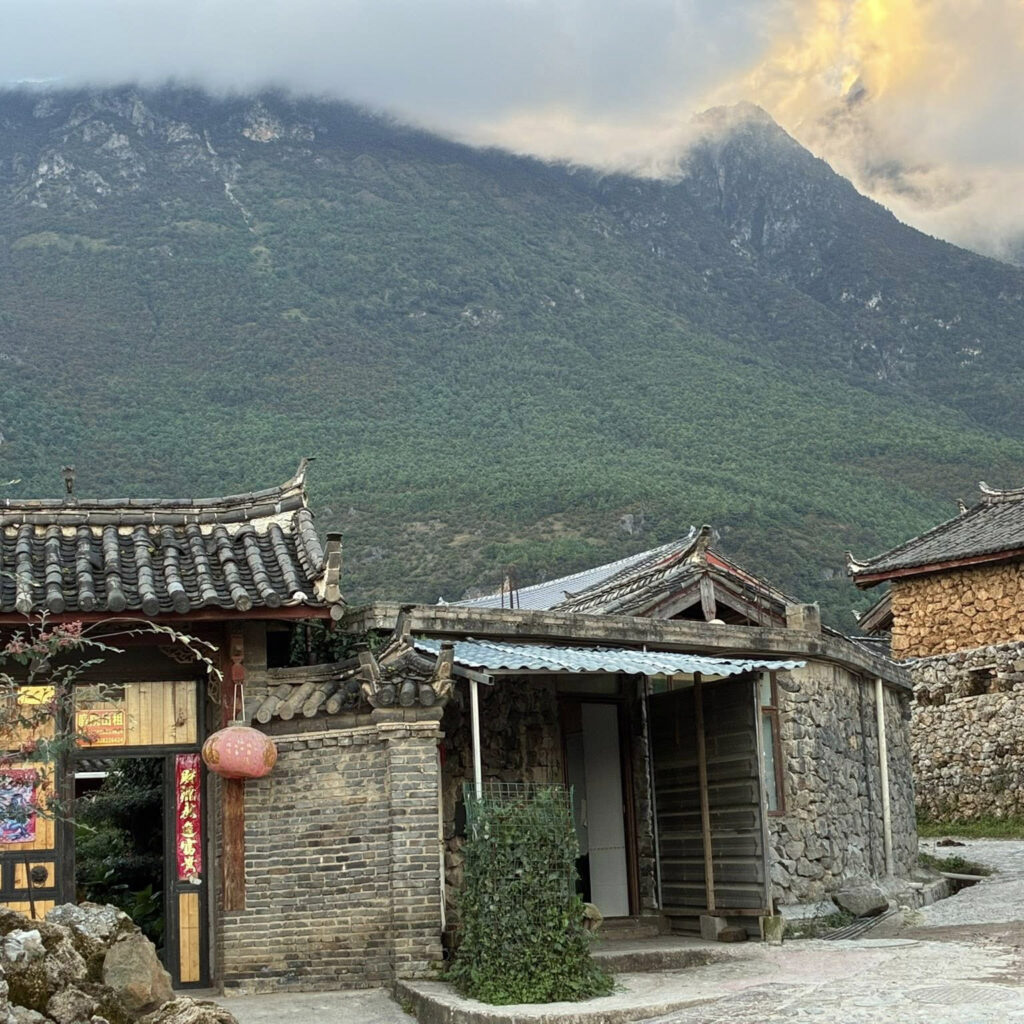
Zhiyun Temple – Serenity Amid Rice Fields
A short bike ride from Baisha leads to Zhiyun Temple (指云寺), one of the oldest Buddhist temples near Lijiang. Built in the Qing dynasty, it stands peacefully among rice paddies and lotus ponds, with sweeping views of the Jade Dragon Snow Mountain.
At dusk, the chants of monks mingle with birdsong and rustling reeds from the wetlands — a gentle reminder of the Naxi belief in nature’s spiritual balance.
Daily Life & Local Experiences
What makes Baisha magical is its quiet normalcy. There’s no commercial hustle, just the gentle rhythm of mountain village life.
Things to do:
- Wander Baisha’s stone-paved lanes and photograph carved wooden doors.
- Cycle between orchards and temples.
- Try local specialties — fried goat cheese, yak butter tea, and barley pancakes.
- Visit Zhiyun Temple at sunset and return for dinner under lantern light.

Travel Realities & Cultural Etiquette
Baisha’s appeal lies in its simplicity — and it rewards respectful, unhurried travelers.
Expect:
- Small guesthouses with minimal but cozy amenities.
- Limited Wi-Fi and few ATMs — bring some cash.
- A digital detox — life unfolds slowly, not by schedule.
Be mindful:
- Ask before photographing villagers.
- Remove hats inside temples.
- Support artisans directly — fair pay sustains traditions.
- Dress modestly; Baisha is a living community, not a theme park.
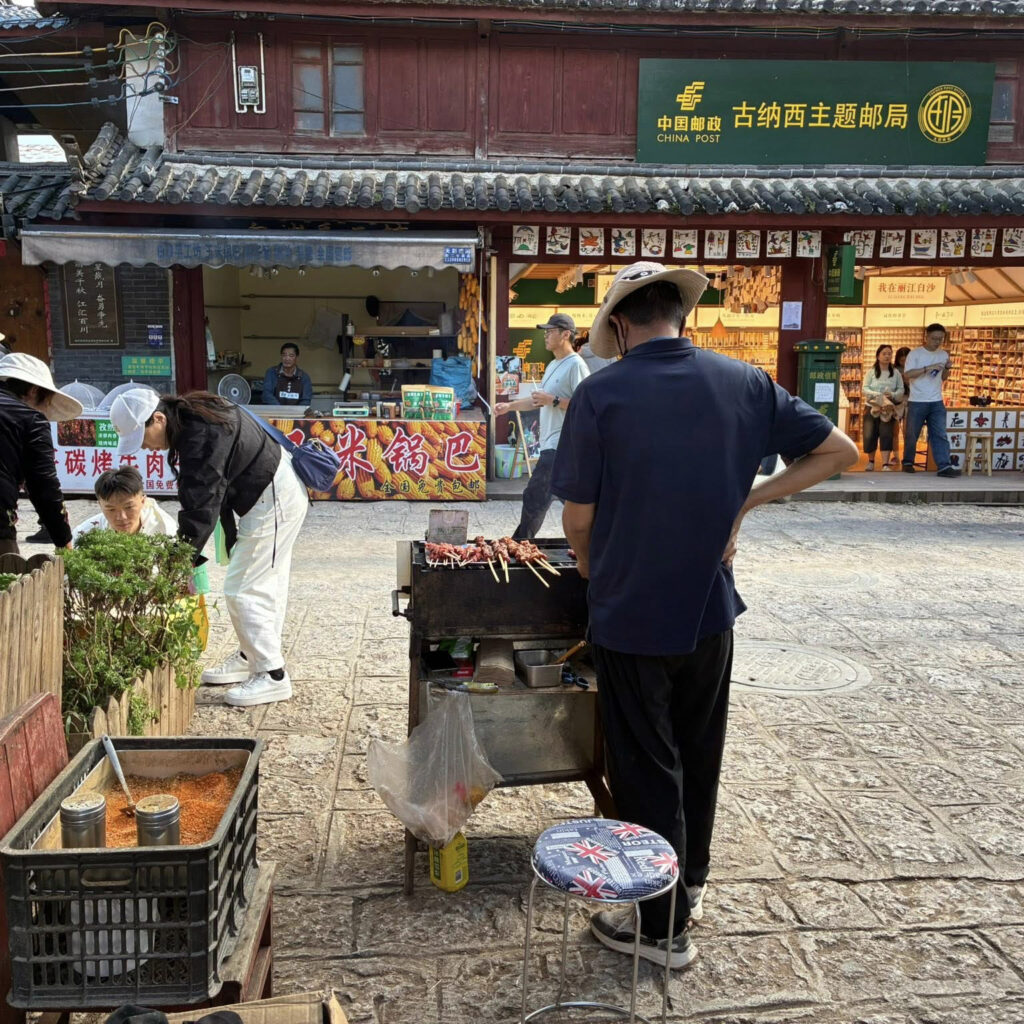
Why Baisha Deserves Your Time
Baisha is not a “sight” — it’s a feeling. It’s the smell of fresh tea leaves drying in the sun, the sound of weaving looms, and the serenity of the mountains that guard its borders.
In a world racing forward, Baisha still moves at the pace of nature. Visit not to tick a box, but to listen, learn, and linger — and you’ll carry a piece of its stillness long after you’ve gone.
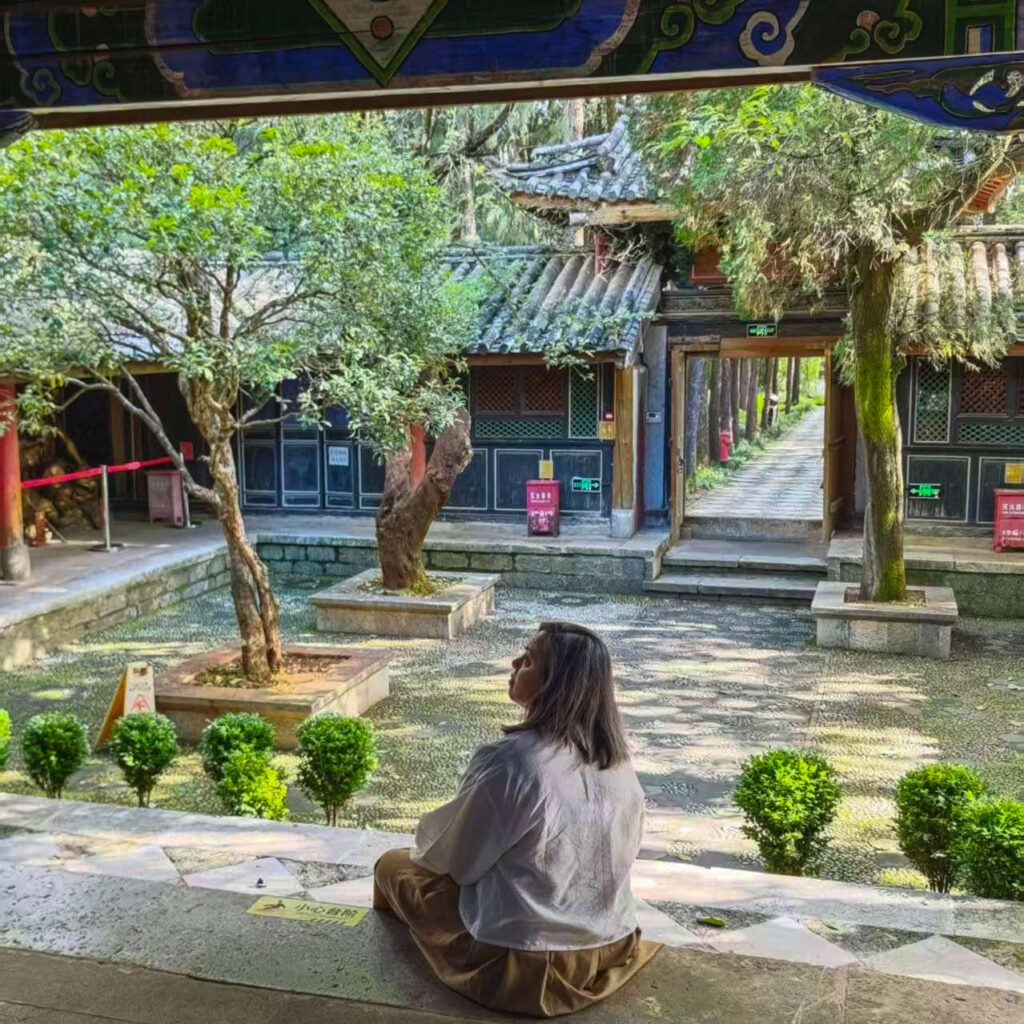
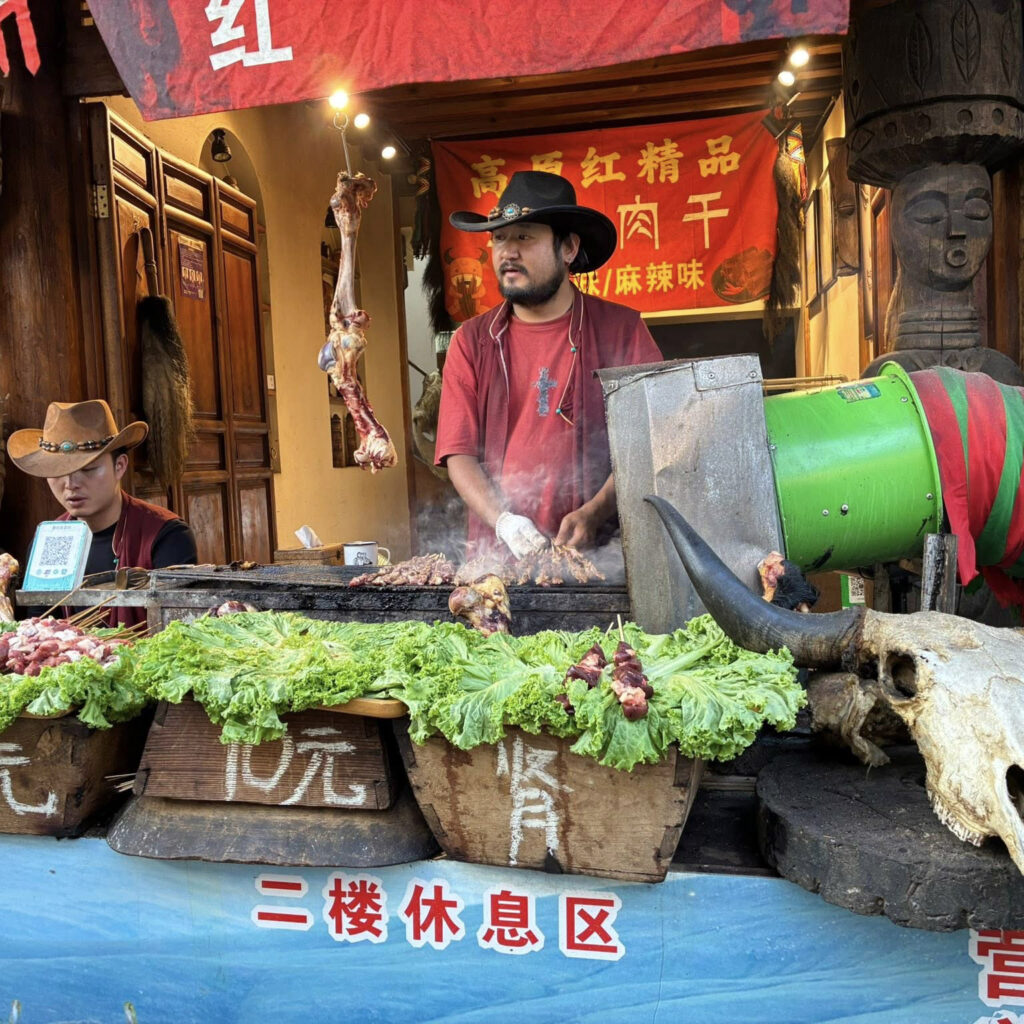
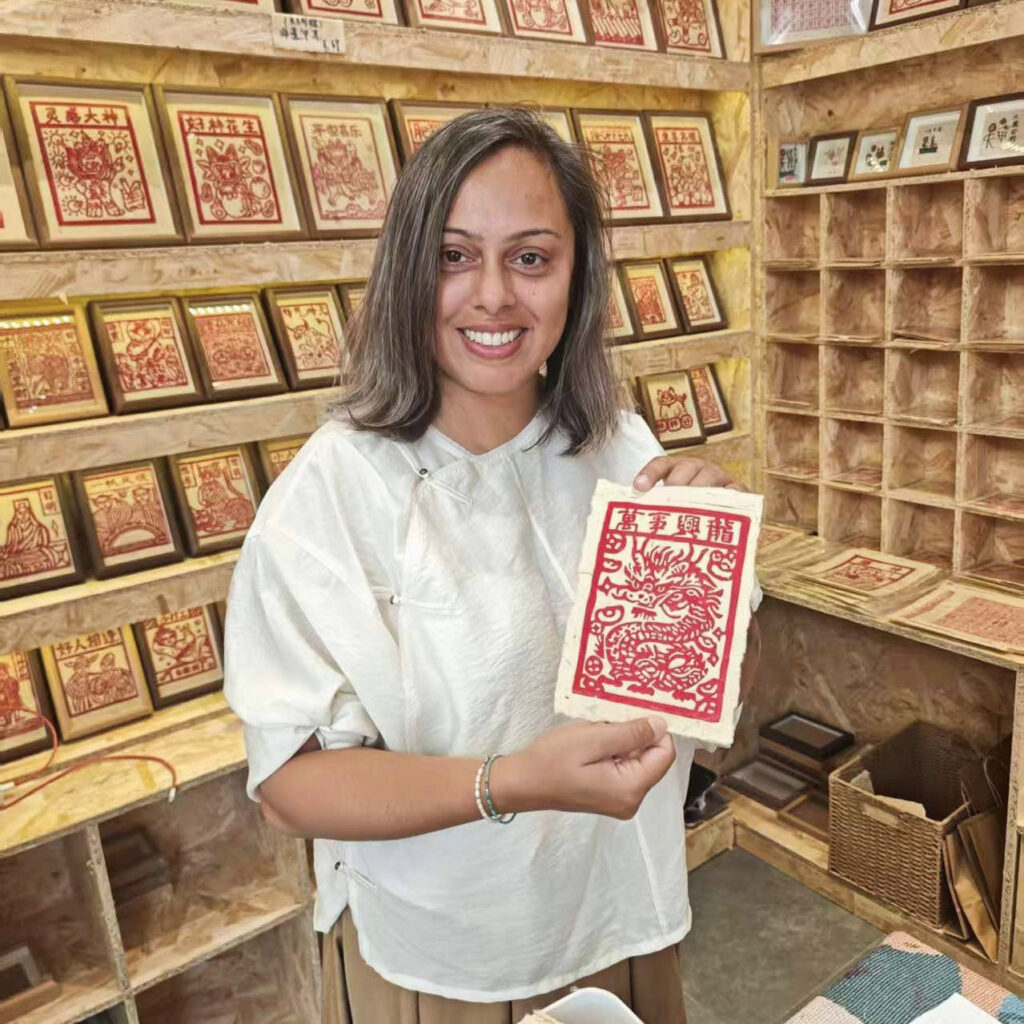
Follow the rest of the China series
- CHINA FOR FIRST TIMERS
- Chengdu Local Market Food Tour & Cooking Class
- CHENGDU IN A DAY
- ZHONGLU TIBETAN VILLAGE
- TAGONG GRASSLANDS IN WESTERN SICHUAN
- YUNNAN’S ANCIENT TOWNS
RESPONSIBLE TRAVELING-BECAUSE I CARE
